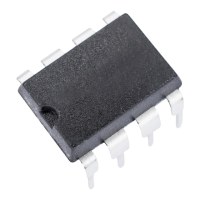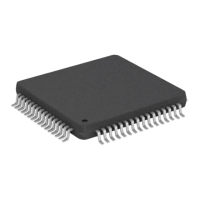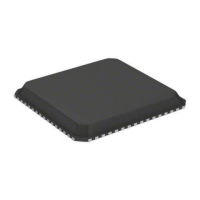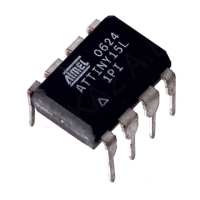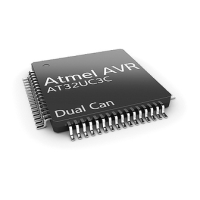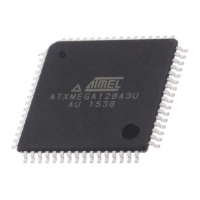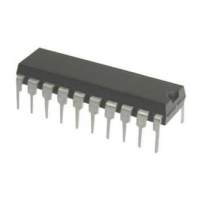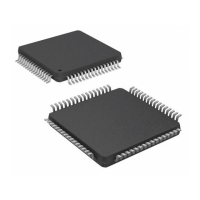57
AT90S2313
0839G–08/01
Figure 43. Port B Schematic Diagram (Pin PB7)
Port D Three I/O memory address locations are allocated for the Port D: one each for the Data
Register – PORTD, $12($32), Data Direction Register – DDRD, $11($31) and the Port D
Input Pins – PIND, $10($30). The Port D Input Pins address is read-only, while the Data
Register and the Data Direction Register are read/write.
Port D has seven bi-directional I/O pins with internal pull-up resistors, PD6..PD0. The
Port D output buffers can sink 20 mA. As inputs, Port D pins that are externally pulled
low will source current if the pull-up resistors are activated.
Some Port D pins have alternate functions as shown in Table 19:
When the pins are used for the alternate function, the DDRD and PORTD registers have
to be set according to the alternate function description.
Table 19. Port D Pin Alternate Functions
Port Pin Alternate Function
PD0 RXD (Receive data input for the UART)
PD1 TXD (Transmit data output for the UART)
PD2 INT0 (External interrupt 0 input)
PD3 INT1 (External interrupt 1 input)
PD4 TO (Timer/Counter0 external input)
PD5 T1 (Timer/Counter1 external input)
PD6 ICP (Timer/Counter1Input Capture pin)
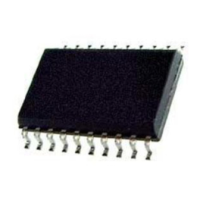
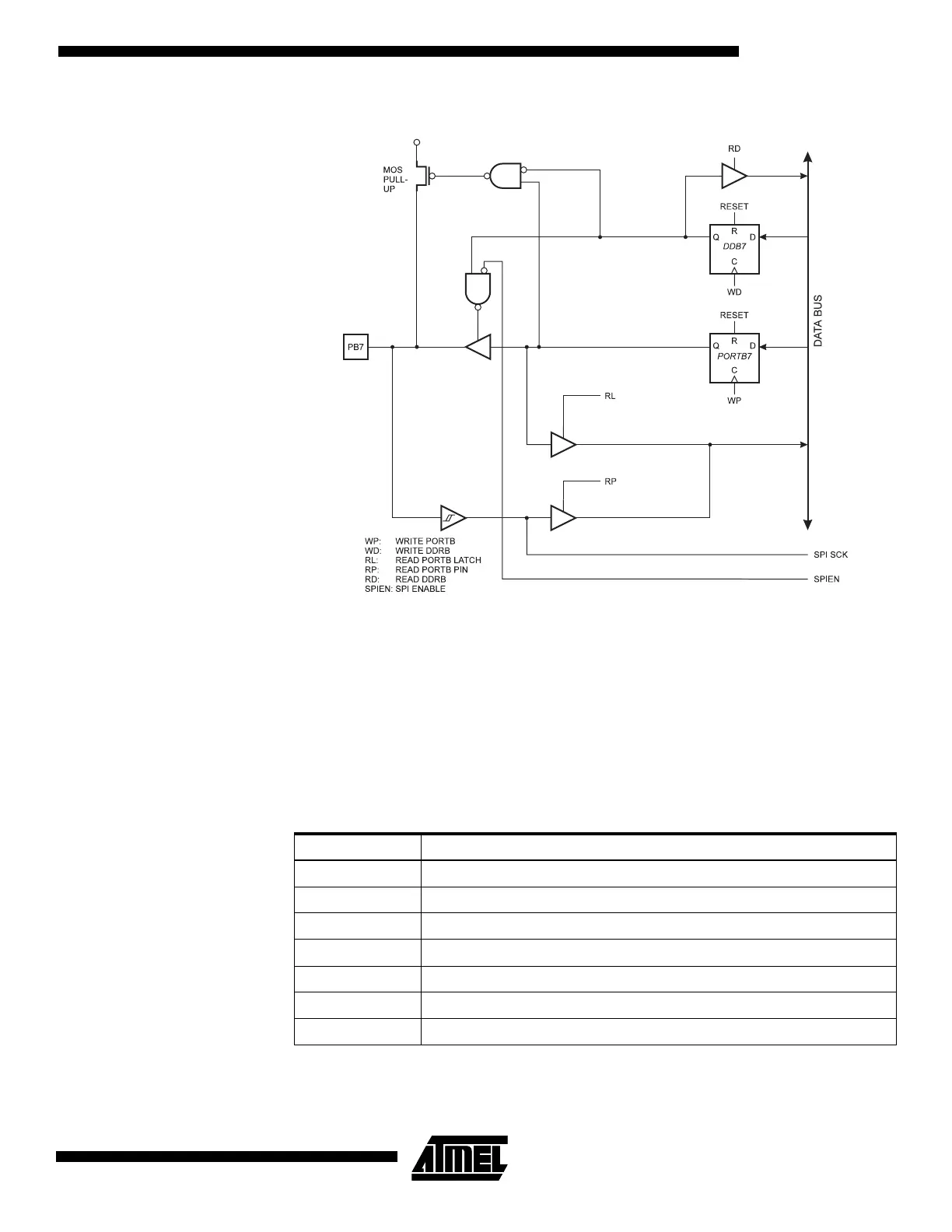